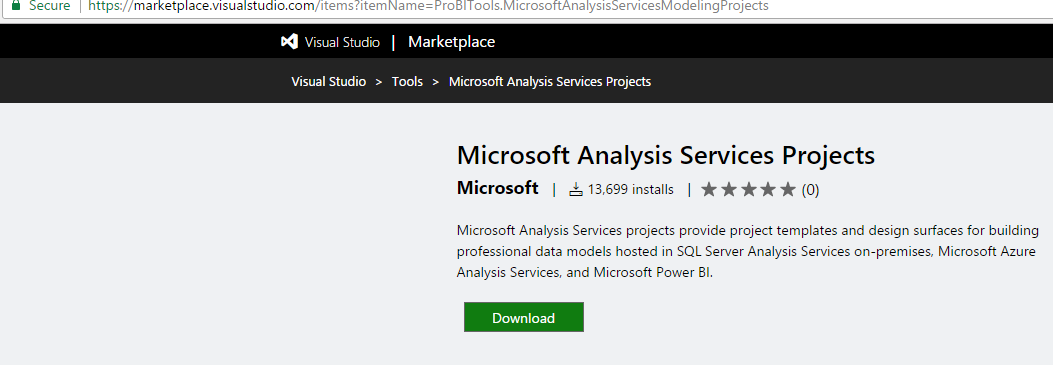

If you do the conversion in the beginning of your project (recommended), you should see your project and package passed the conversion. Several minutes if the project contains many packages. The project deployment model, such as parameters.īefore conversion, all packages in this project will be checked forĬompatibility with the package deployment model.

YouĬannot perform this conversion if you are using any features unique to This will change the project to use the package deployment model.
 You will see a dialog box with the message below. Under Solution Explorer, right-click on the project and click on Convert to Package Deployment Model. As we are using a package deployment model, we need to convert the project before we’re doing anything else. Under New Project window, select Business Intelligence, Integration Services and Integration Services Project.Enter the name of your project (e.g., SSIS-ITNota) and select a folder where you want to save the project (e.g., C:\Users\ITNota) and click OK. From the top menu, go to File, and select New and Project. With SSDT, you will be able to design and deploy any integration services package with the same ease as you would develop an application in Visual Studio. Install it within the instance of your Visual Studio instead of creating a new one. You can find the SSDT download link below. Please be sure before you do anything that you have SQL Server Data Tools for Visual Studio 2017 installed. This posting will show you how to create an SSIS package using the legacy Package Deployment Model in Visual Studio 2017.
You will see a dialog box with the message below. Under Solution Explorer, right-click on the project and click on Convert to Package Deployment Model. As we are using a package deployment model, we need to convert the project before we’re doing anything else. Under New Project window, select Business Intelligence, Integration Services and Integration Services Project.Enter the name of your project (e.g., SSIS-ITNota) and select a folder where you want to save the project (e.g., C:\Users\ITNota) and click OK. From the top menu, go to File, and select New and Project. With SSDT, you will be able to design and deploy any integration services package with the same ease as you would develop an application in Visual Studio. Install it within the instance of your Visual Studio instead of creating a new one. You can find the SSDT download link below. Please be sure before you do anything that you have SQL Server Data Tools for Visual Studio 2017 installed. This posting will show you how to create an SSIS package using the legacy Package Deployment Model in Visual Studio 2017.







 0 kommentar(er)
0 kommentar(er)
